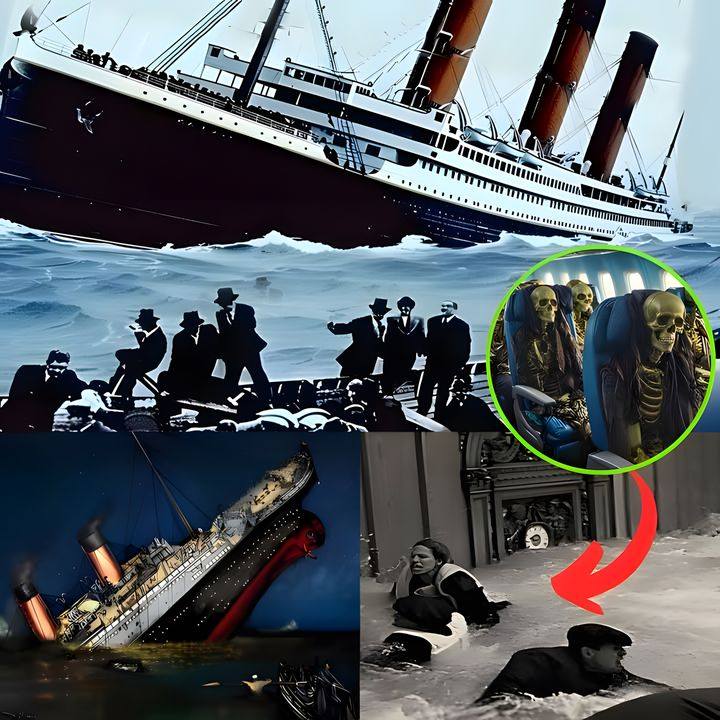Titanic’s Lost Lens – Truth Behind the “Old Camera” Claim

More than a century after the RMS Titanic sank beneath the icy waters of the North Atlantic, myths about what lies within its wreckage continue to captivate the world. Among the most enduring stories is that of a supposed camera recovered from the Titanic’s depths, its film miraculously preserved and containing haunting images from that fateful night in 1912.
It’s a tale that tugs at both heart and imagination — the idea of lost photographs frozen in time, a final glimpse into the lives of passengers whose stories ended in tragedy. Yet, as compelling as it sounds, the “Titanic camera” is a myth — a product of digital fabrication and romanticized storytelling rather than historical truth.
The Power of the Myth

The rumor first spread through online forums and viral videos in the early 2000s, claiming that deep-sea divers had retrieved an antique box camera from the wreck site, its film somehow intact despite decades underwater. Some posts even included digitally aged photos, allegedly showing passengers aboard the Titanic hours before disaster struck.
But no credible expedition, from Robert Ballard’s 1985 discovery of the wreck to recent dives conducted by OceanGate and other scientific teams, has ever documented such a find. The ocean floor, at a crushing depth of 12,500 feet, is an environment that destroys organic material within years — let alone photographic film.
Why Film Can’t Survive the Depths
Photography in 1912 relied on cellulose nitrate and gelatin emulsions, substances that quickly deteriorate when exposed to moisture and pressure. At Titanic’s depth, water pressure exceeds 5,500 pounds per square inch, and the surrounding bacteria feed on anything organic. Even the ship’s steel hull is slowly dissolving — known as “rusticles” — consumed by iron-eating microbes.
Under these extreme conditions, any leather camera casing would have rotted, glass lenses shattered, and the film emulsions completely liquefied within a few years of submersion. The laws of physics, not mystery, explain why no photographic record has survived the wreck.
Artifacts That Tell the Real Story

Despite this, genuine discoveries from the Titanic continue to illuminate the human side of history. Expeditions have recovered jewelry, pocket watches, letters, shoes, and luggage — objects that paint vivid portraits of the people who perished. Some artifacts, preserved in cold silt, remain astonishingly intact, offering a tangible connection to the past that no camera ever could.
These items remind us that the Titanic’s legacy is not just one of loss, but of remembrance — a global effort to preserve history and honor those aboard.
The Lens of Imagination
The myth of the “lost camera” persists because it fulfills a longing: the dream of uncovering one final moment, a photograph untouched by time. But in truth, the Titanic’s story has already been captured — not on film, but in the countless lives, letters, and memories left behind.
In the dark silence of the Atlantic, no shutter clicked — yet the echoes of that night still resound.











